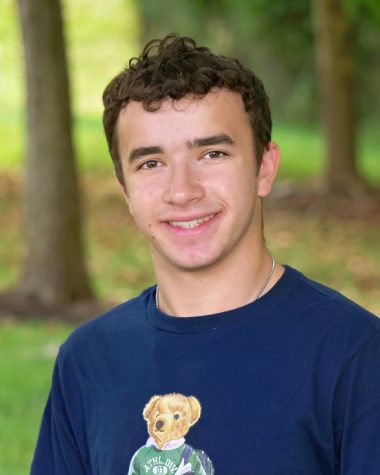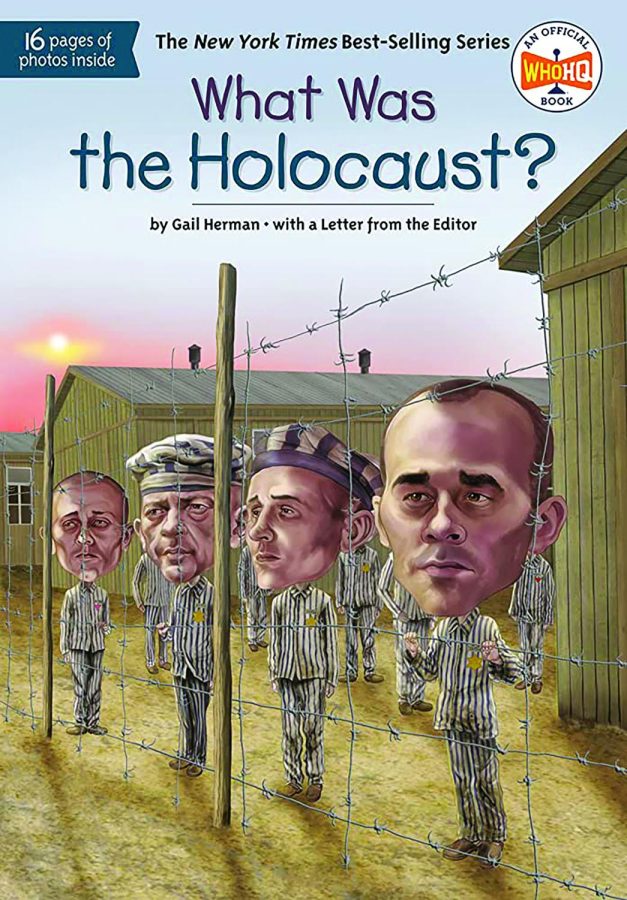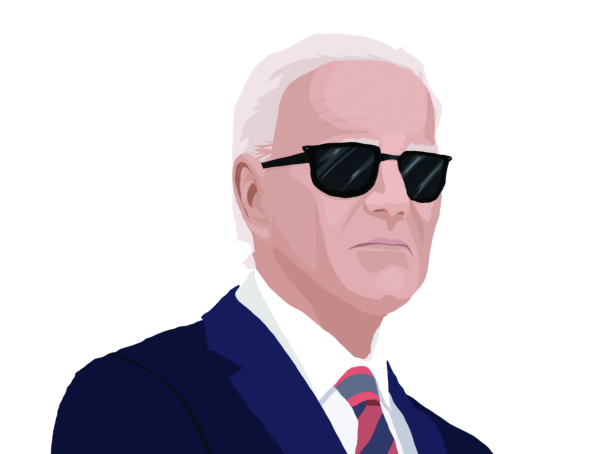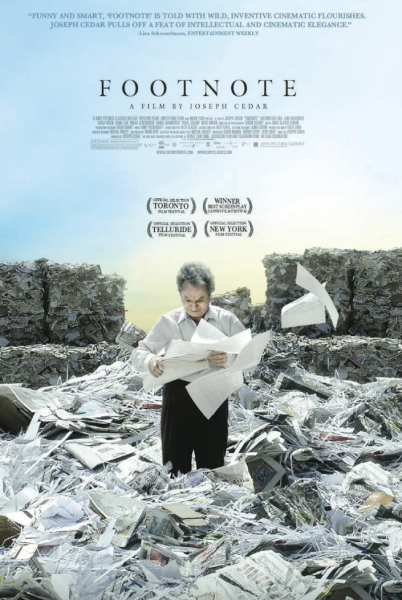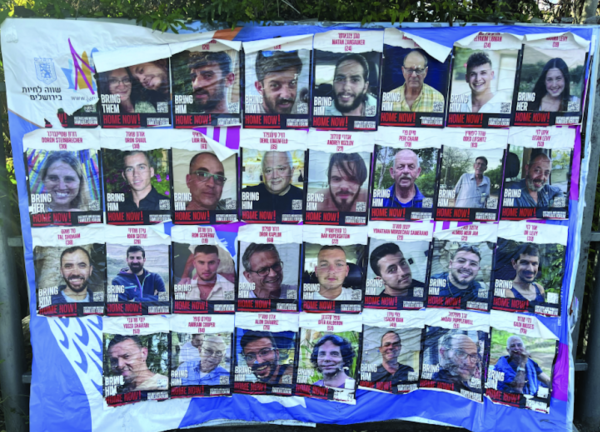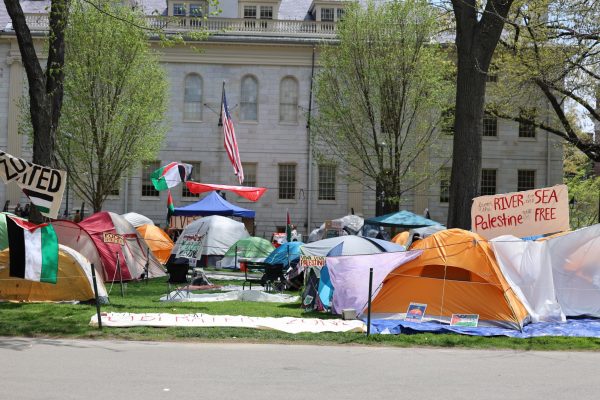Stop at the source
Holocaust education must start earlier to combat antisemitism
Swastikas in elementary schools. Graffiti on school buildings. Students telling their Jewish classmates to burn at the stake.
Antisemitism in Montgomery County went up by about 55% between 2021 and the end of 2022 according to NBC Washington. Our county’s public schools must reevaluate their Holocaust curriculum to most effectively educate today’s youth about the history of antisemitism.
From “Hitler was right” to graffiti of Nazi symbols, many antisemitic acts today can be traced back to the Holocaust. Students who do not receive Holocaust education at school may be more likely to participate in antisemitic acts, partially stemming from their lack of understanding of antisemitic tropes.
It is disappointing to see all of these recent incidents of antisemitic attacks in my community. Even after all that Jews have overcome throughout history, ignorance is rising once again. Educating my generation is the only way to stop this.
Throughout one week of February, nine antisemitic incidents were reported. The school district is finally taking steps to address the growing problem, including reporting antisemitic attacks on a student’s file. In addition, MOCO 360 reported that Montgomery County Public Schools (MCPS) is updating lessons in Judaism, antisemitism and the Holocaust for fourth, fifth and seventh grade to introduce the subjects earlier. Although this is a step in the right direction, it is long overdue.
Currently, the MCPS Jewish History curriculum begins in fourth grade. And, while they read the diary of Anne Frank in eighth grade, Holocaust-specific education does not begin until freshman year in social studies. This is a massive problem.
The United States Holocaust Memorial Museum says that once students reach middle school, they “demonstrate the ability to empathize with individual eyewitness accounts and to attempt to understand the complexities of Holocaust history, including the scope and scale of the events.” If middle school students are able to understand this material, then why has the county not begun Holocaust education earlier?
Understanding racism and antisemitism is crucial for young students to gain empathy. According to the International Holocaust Remembrance Association (IHRA), teaching about the Holocaust helps students understand the events leading to genocide as well as how human beings react to genocide. By understanding the events that led up to the Holocaust, students will be able to recognize prejudice and human rights violations, and understand how they can resist them. Holocaust education not only teaches students the tragedies of the past, but how to recognize similar trends in modern society.
“Studying antisemitism in the context of Nazi ideology illuminates the manifestations and ramifications of prejudice, stereotyping, xenophobia and racism,” the IHRA said.
While different age groups have significantly distinct levels of understanding, starting Holocaust education in ninth grade is too late. The county needs to work with local Jewish organizations to prepare the appropriate Holocaust curriculum for younger students. They need to commit to helping raise awareness of Jew-hatred, just as they have committed to combating other forms of hate in public schools.
Students need to learn about the dangers of antisemitism before they make uneducated comments. Only with education will students act with the empathy we so desperately need today.
